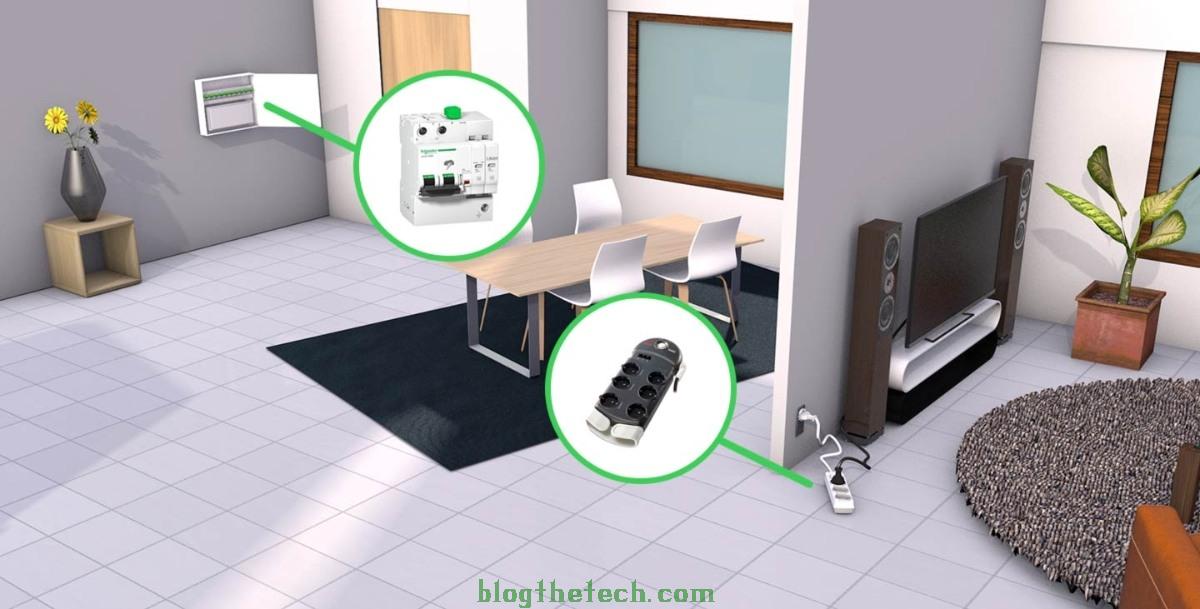Since their invention in 1976, linear actuators have evolved a lot. In their simplest form, these devices turn rotational motion into linear movement. Even though different types of actuators exist, the most common are electric ones. In this case, an electric motor produces the necessary rotation to get a push/pull motion.
Technology innovation is improving the performance of linear actuators every day. Nowadays, accurate motion and smooth control characterize the majority of electric linear actuators. Thanks to these characteristics, linear actuators have found a niche in robotics. Modern industries depend on robots for many tasks in assembly lines. This is why linear actuators have gained much economic importance.
So, innovation in this field should meet the demands of the manufacturing industries. Such demands include more precise, faster, and smaller linear actuators. These characteristics are imperative. This way, newer actuators can operate without problems in robotics applications. Piezoelectric actuators are one promising technology innovations that respond to these requirements.
Technology Innovations in the Field of Linear Actuators
The automation of some production lines requires high-precision actuators. This has triggered research and development (R&D). For example, the production of semiconductors requires nano positioning. Likewise, the motorization of optical mounts needs movement in the nanometer scale.
Generating linear motion at the nanometer scale has been a challenge. Controlling the motion is difficult too. It has been for a long time. Piezoelectric linear actuators can fill this gap. Piezoelectric linear actuators generate linear displacement. They do it based on a piezoelectric effect. This motion is controllable since it depends on the voltage applied. This is why many companies have destined large R&D funds for the refinement of this innovative idea.
Electric Linear Actuators Are Replacing Other Types
Many industries are automating their manufacturing processes. They show a shift in favor of electric linear actuators. Old hydraulic and pneumatic cylinders are being replaced. This is because of the need to streamline the manufacturing processes. This will result in production within less time and with fewer expenses.
Electric linear actuators have superior control capabilities. This is the main motivation to opt for them. Moreover, their versatility allows for better customization of production lines. Electric linear actuators have several advantages over other types of actuators such as:
- Much higher accuracy in positioning;
- Higher speed without compromising the control of the stroke;
- A very short time to stop or repeat the motion;
- Flexibility and adaptability to a wide arrange of industrial environments;
- Lower initial and maintenance costs;
- Easy installation and maintenance;
- More environmental friendliness.
These advantages are favoring the widespread use of this type of actuator. Uses are in the oil and gas, marine, and aeronautical industries. They are also suitable for medical applications. Other industries need sterile environments as well. They can use these actuators too.
Yet, the manufacturing industry demands a larger coil density. This is in the electric motors of actuators. This way, performance is better without the device becoming larger. Bushings and other anti-rotation parts are being replaced with high-tech plastics also. This will reduce the weight of electric linear actuators. Moreover, it will simplify maintenance too.
How these Trends Impact the Market
The market of electric linear actuators will continue growing in the coming years. Automation of different industrial processes is driving this healthy growth. A projection suggests that by 2025, this market could reach $70.5 billion.
Automotive and aeronautical industries demand better performance and efficiency. The manufacturing of semiconductors and optical devices need linear actuators with higher precision. Remote sensing is a specialized application. It requires linear actuators based on transducers. They also need to have sensing capabilities.
Sensor technology has more presence in linear actuators. For instance, a temperature sensor can detect a sudden rise of temperature in a bearing block. This could help to provide adequate maintenance to prevent failures.
For the current year, the linear actuator market can experience a CAGR of 4.7%. This would be equal to $15 billion. For the next four years, the CAGR could be 5.1% or even more. The United States will exhibit a CAGR of 3.6% according to the projection.
For its part, Europe will continue playing a significant role in this industry growth. Germany is the most industrialized country in this continent. Thus, it will represent a growth of $528.7 million. The other European countries will represent another $427.9 million. In Asia, the biggest growth will take place in China, with a CAGR of 7.5% for the next two years.
Major Players in this Market
This market projection envisages many opportunities. They have prompted major companies to address the needs of the manufacturing industries. Innovative electric linear actuators are under development with the participation of big companies. Innovation projects count on large R&D budgets. Entrepreneurs have plenty of opportunities in this field.




